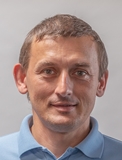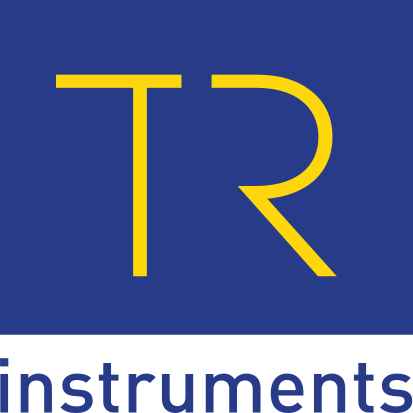Invited speech

3D radar design, a story of science & engineering challenges
P. SEDIVY has received his M.Sc. degree from the Czech Technical University in Prague in 1999. He is studying the Ph.D. program at the University of Pardubice since 2019.
He has worked for RETIA since 2004, and has been involved in different system engineering activities including sales support (proposals, compliance evaluation). His system level design and technical management activities include several radar and weapon systems, upgrade programs for (2K12 KUB SURN radar vehicle, early warning VHF radar P18) and brand new designs (ReVISOR radar for support short range air defence and multirole 3D radar Reguard intended for C UAS operations). He was assigned a role of program manager for the defence research program "DETEKCE PR". His current role is principal systems engineer and head of the technical support department.
He taught radar courses from 2000 till 2015 at the dept. of radioelectronics CTU FEE Prague. He, with prof. Bezoušek, published the university textbook "Radar Technology" (Radarová technika, in Czech) in 2004. Since 2022, he has taught the course "Radar Systems" at the University of Pardubice. In addition he gave several lectures on the radar system design topic at Brno University of Technology .
He is IEEE member since 1997 and since 2015, a senior member.
Abstract: This Lecture presents the design of a multi-role 3D radar capable of detecting small UAVs (drones). Radar design is an example of complex engineering design utilizing scientific principles and results originating in multiple domains. Radar design must combine recent scientific principles with past knowledge. The radar design required identification of multiple phenomena occurring simultaneously, and impacting system behavior and performance. Application of recent methods of machine learning for target classification required enormous effort in training the data set definition, and selecting relevant inputs. In addition, the behaviour of the target of interest - the drones, the observation scenarios, and the measured RCS were investigated in the design of the subsystems and algorithms.




